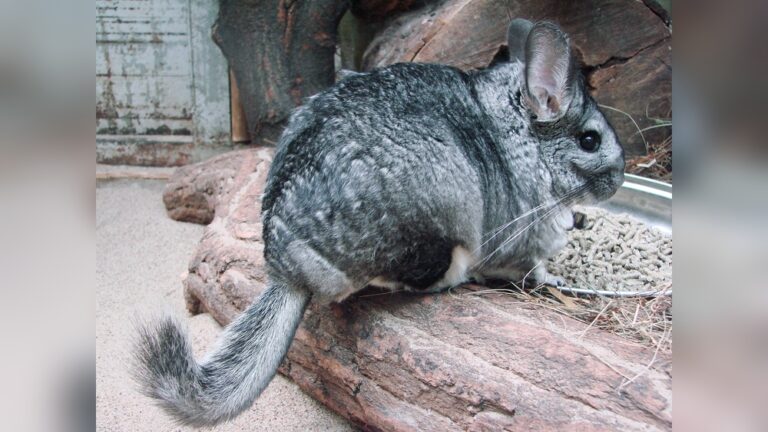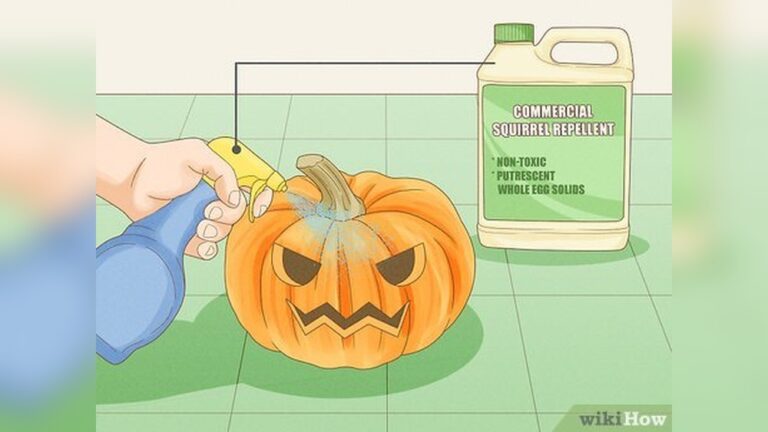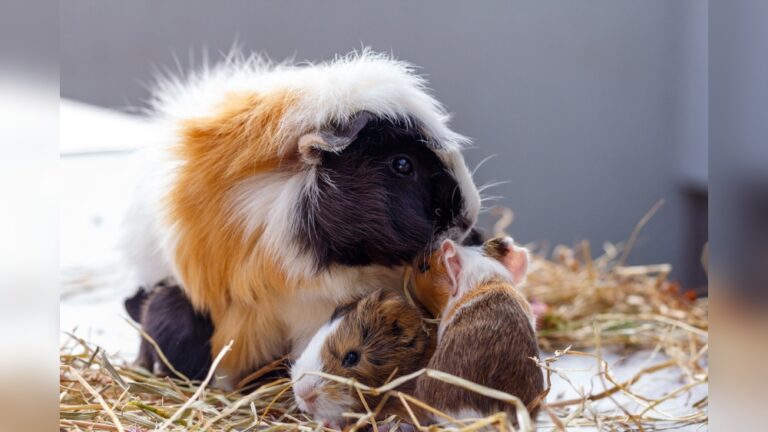Wood Could A Woodchuck Chuck: Unveiling the Ultimate Truth
Have you ever wondered just how much wood a woodchuck could chuck? It sounds like a simple question, but it’s surprisingly tricky—and fun—to think about.
You might think it’s just a tongue twister, but there’s more to it than that. You’ll discover the surprising facts, clever answers, and even some science behind this classic riddle. Stick around, and you’ll see why this playful question has captured so many people’s curiosity—and why it might just make you smile too.
Ready to find out? Let’s dive in!
Woodchuck Origins
The woodchuck, also known as the groundhog, is a common animal in North America. Its origins trace back to the family of rodents called marmots. These creatures have lived in woodlands and fields for centuries. Understanding where they come from helps us know more about their habits and lifestyle.
Woodchucks play an important role in nature. They dig burrows that provide shelter for other animals too. Their history is tied closely to the land they inhabit. Learning about their origins gives insight into the famous question: “How much wood could a woodchuck chuck?”
Habitat And Behavior
Woodchucks live in open fields and forest edges. They prefer places with loose soil for digging. Their burrows can be quite complex and long. These homes keep them safe from predators and harsh weather. Woodchucks are mainly active during the day. They spend time sunning and foraging near their burrows.
Diet And Daily Life
Woodchucks eat mostly plants and vegetables. Their diet includes grasses, berries, and garden crops. They chew on bark and twigs during winter. Woodchucks spend a lot of time eating to store fat. This fat helps them survive long winter hibernation. They wake up in spring to start the cycle again.
The Woodchuck Myth
The phrase “How much wood would a woodchuck chuck” is more than just a tongue twister. It has become a curious question that many people ask. The myth suggests woodchucks chuck wood, but this is not true. Woodchucks, also known as groundhogs, do not actually chuck wood.
This myth has puzzled many for years. The idea of a woodchuck throwing or moving wood sounds funny and strange. It has made the phrase popular in books, songs, and everyday talk.
Origin Of The Tongue Twister
This tongue twister first appeared in the early 1900s. It was used to help people practice speaking clearly. The phrase plays with similar sounds to make it hard to say fast. It was made for fun and to challenge pronunciation skills.
Some say it came from a folk rhyme or a children’s game. The exact source is not clear. But it quickly caught on and became famous worldwide.
Cultural Impact
The woodchuck tongue twister has become part of popular culture. People use it in speech therapy and language learning. It helps improve pronunciation and fluency.
The phrase appears in movies, cartoons, and books. It often adds humor or shows a character’s nervousness. The woodchuck myth continues to entertain and puzzle people of all ages.
Woodchuck Physical Capabilities
Woodchucks are small animals with surprising strength and skills. Their bodies are built to handle tough tasks. These physical traits help them survive and thrive in the wild. Let’s explore some key features of their strength and abilities.
Jaw Strength And Teeth
Woodchucks have very strong jaws. Their teeth grow continuously and are sharp. They use their teeth to chew through wood and plants. This helps them create burrows and find food. Their powerful bite can cut through tough materials easily.
Burrowing Skills
Woodchucks are expert diggers. They use their strong claws and limbs to dig deep tunnels. These burrows protect them from predators and harsh weather. The tunnels can be long and complex. Their digging skills allow them to build safe homes underground.

Credit: funandlames.com
Scientific Studies On Woodchuck Chucking
Scientists have studied woodchucks to understand their wood chucking ability. They used real tests and observations to find out how much wood a woodchuck can move. These studies help clear up the old tongue twister and give real answers.
Research Findings
Studies show woodchucks mostly dig soil, not wood. Their strong claws help move dirt for burrows. Researchers estimate woodchucks can move about 700 pounds of dirt. This work is similar to “chucking” wood in effort but not in material.
Some scientists compared woodchuck muscle power to wood moving. They found woodchucks lack the jaws or teeth to chuck wood. Instead, they focus on digging and eating plants. This explains why woodchucks rarely interact with wood in the wild.
Experimental Attempts
Experiments tested if woodchucks could chuck wood pieces. Scientists placed small wood blocks near woodchucks’ homes. The animals ignored the wood and moved soil instead. This showed woodchucks do not chuck wood by nature.
Other tests measured how much wood woodchucks could theoretically move. Using their digging strength, scientists calculated a possible wood chuck weight. The estimate was about 700 pounds, matching dirt moved in burrows. This gives a fun, scientific twist to the classic question.
Woodchuck Chucking In Popular Media
The phrase “How much wood would a woodchuck chuck” has found its place in popular media. It adds fun and curiosity to stories and songs. Many writers and creators use this tongue twister to catch attention and entertain audiences.
Woodchuck chucking appears in movies, cartoons, literature, and music. It often brings humor and a playful mood. This simple question has become a symbol of quirky fun in many forms of media.
Movies And Cartoons
Woodchucks and their chucking skills appear in various films and cartoons. Animated shows often use the phrase for comic relief. Characters may try to answer the question or get stuck saying the tongue twister.
Some movies include scenes where animals or people mimic woodchucks. This adds a silly and lighthearted touch to the story. The phrase keeps audiences smiling and engaged.
Literature And Music
Writers and poets use the woodchuck phrase to add rhythm and fun. It appears in children’s books and poems to teach sounds and language. The phrase helps young readers enjoy reading aloud.
Musicians also include the woodchuck tongue twister in songs. It creates catchy and memorable lyrics. The playful words make songs enjoyable and easy to remember for all ages.
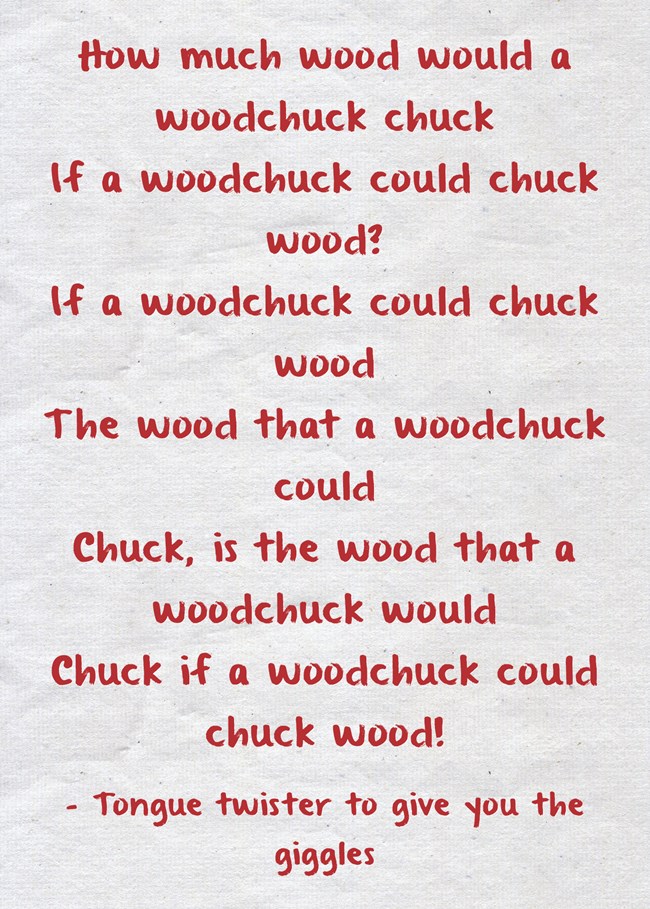
Credit: quozio.com
The Ultimate Truth Revealed
The question about how much wood a woodchuck could chuck has puzzled many. It sounds like a fun tongue twister. But is there a real answer? Let’s dig deeper to find the truth behind this classic riddle.
Scientists and nature lovers have studied woodchuck behavior. Their findings help us understand what these animals really do. This section breaks down the facts and myths clearly.
Realistic Chucking Capacity
Woodchucks, also known as groundhogs, do not actually chuck wood. They dig burrows and move dirt instead. Studies show a woodchuck can move about 700 pounds of dirt while digging. This amount is close to what people imagine for wood chucking.
The idea of chucking wood likely comes from confusion with their burrowing habits. So, a woodchuck could “chuck” dirt but not wood in a real sense. Understanding this helps clear up the mystery.
Myth Vs Reality
The tongue twister is fun but not factual. It creates an image of a woodchuck throwing wood. In reality, these animals focus on digging and eating plants.
Many people believe the woodchuck’s name means it moves wood. It actually comes from Native American words meaning “digger.” The myth grew from language and playful imagination.
Knowing these facts allows us to enjoy the rhyme without confusion. The truth is simple and based on nature, not fantasy.
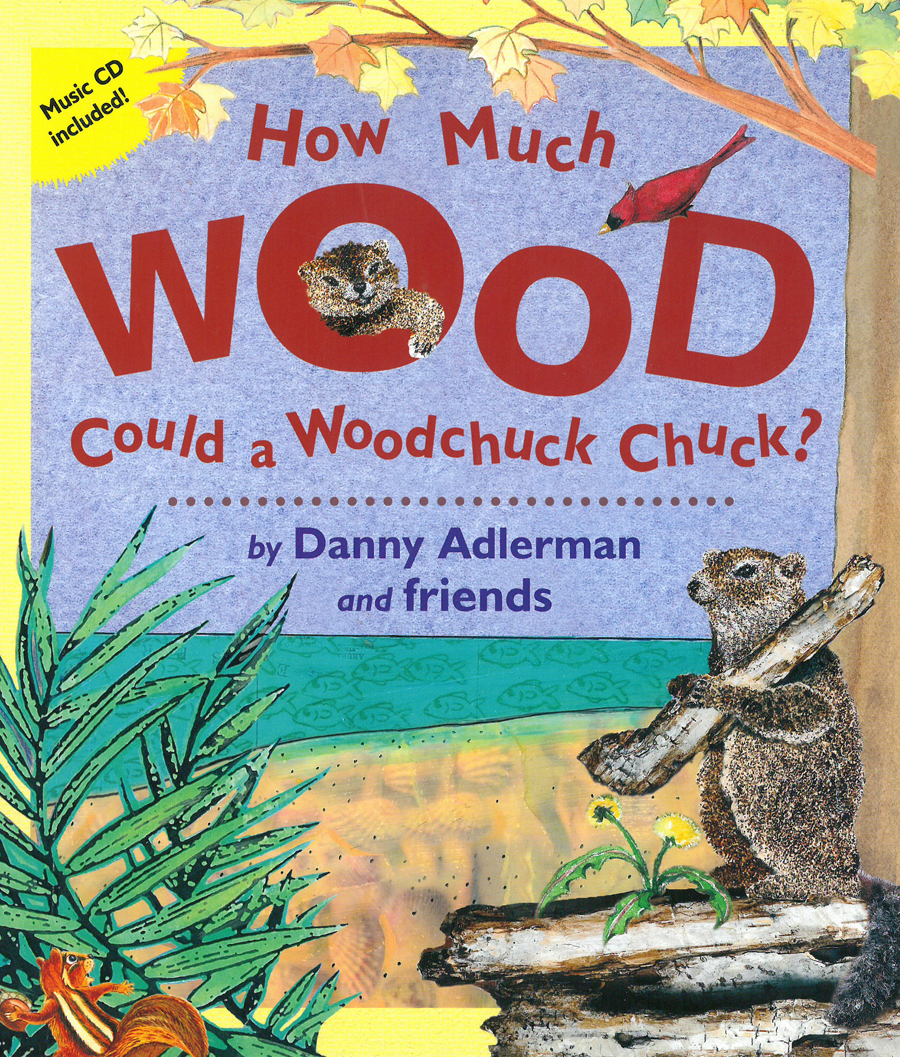
Credit: www.leeandlow.com
How Smart Pets Lover Can Help You with Wood Could A Woodchuck Chuck
Learning from the Woodchuck’s World
Exploring the question “Wood Could A Woodchuck Chuck” opens more than just curiosity about these charming creatures—it offers practical learning moments for pet lovers and nature enthusiasts alike. Understanding the woodchuck’s origins and physical capabilities, as covered earlier, invites us to appreciate how animals adapt to their environments. This awareness can deepen our respect for all pets and wildlife, reminding us that every wag, purr, or chirp tells a story worth listening to.
For those passionate about responsible pet ownership, observing the woodchuck’s natural behaviors encourages us to consider how environment and activity impact the well-being of our own animals. Whether you care for dogs, cats, birds, or fishes, learning from scientific studies on woodchuck chucking can inspire us to provide enriching, safe spaces that cater to instinctual needs.
- Reflect on how natural habits shape pet health and happiness.
- Consider enrichment activities that mimic natural behaviors.
- Stay curious about animal capabilities—it’s a gateway to better care.
If you’re ever curious or want to share your thoughts on animal behavior, connecting with communities like Smart Pets Lover can be a warm, trustworthy resource. Their mission to help pet parents feel informed and connected aligns beautifully with appreciating creatures big and small, woodchucks included.
Frequently Asked Questions
How Much Wood Can A Woodchuck Chuck?
A woodchuck can chuck approximately 700 pounds of wood if it could chuck wood. This estimate is based on their burrowing activity and soil displacement.
Why Is The Phrase “woodchuck Chuck Wood” Popular?
The phrase is popular as a tongue twister and a playful riddle. It showcases English phonetic repetition and sparks curiosity about animal behavior.
Do Woodchucks Actually Chuck Wood?
No, woodchucks do not chuck wood. They primarily dig soil for burrows but do not move or chuck wood in reality.
What Is The Origin Of The Woodchuck Tongue Twister?
The tongue twister originated in the early 20th century. It was used as a fun linguistic challenge and gained fame through folklore and media.
Conclusion
Woodchucks may not really chuck wood, but the question stays fun. It shows how language plays with sounds and meanings. This phrase brings smiles and sparks curiosity worldwide. People enjoy guessing and imagining the answer. It reminds us how simple words can create big ideas.
So, keep wondering and enjoy the playful side of language. After all, sometimes questions are more fun than answers.



